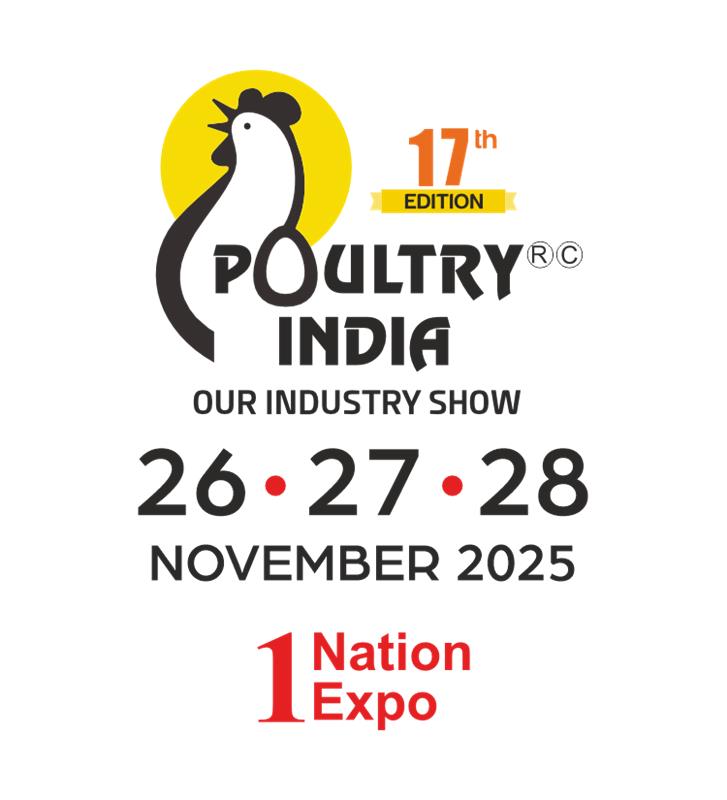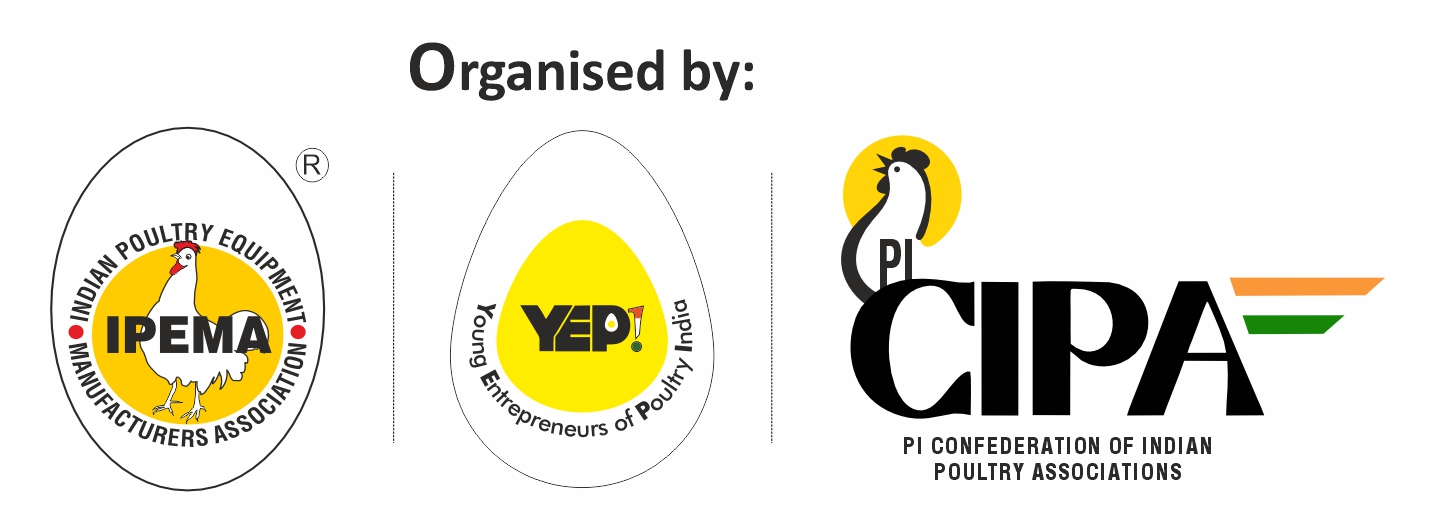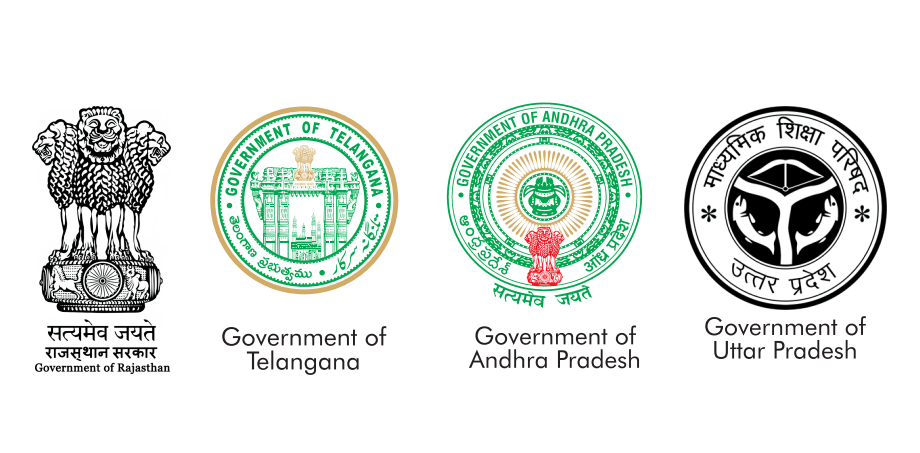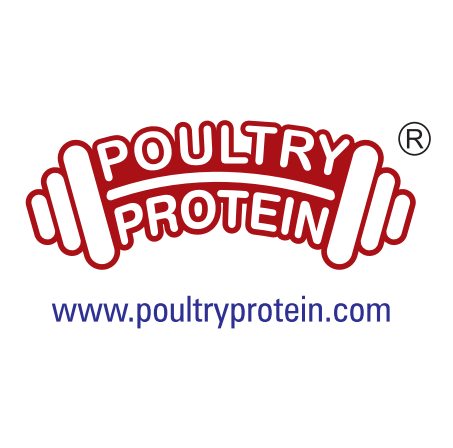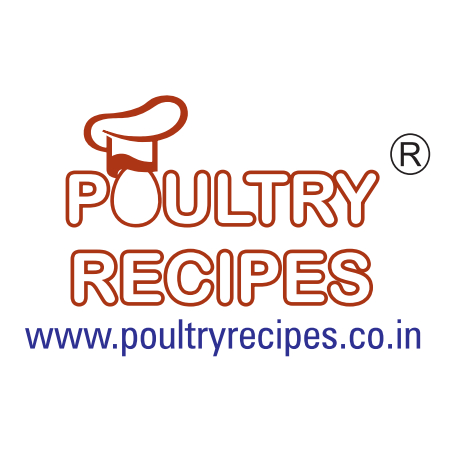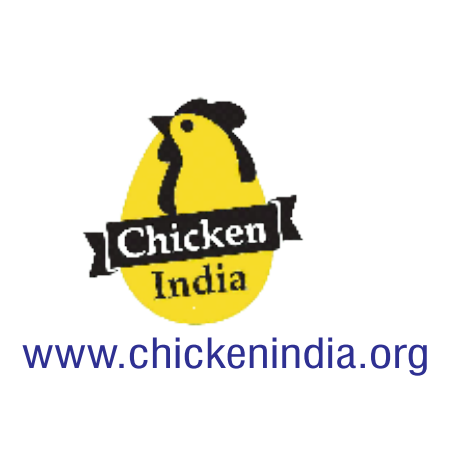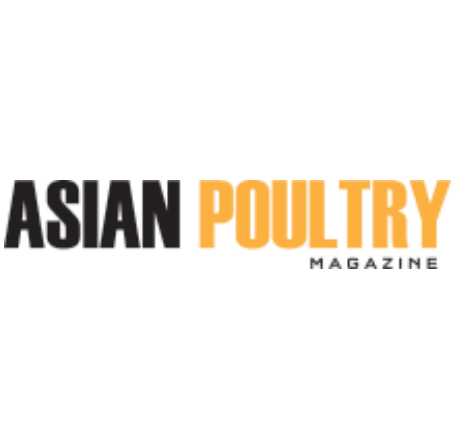Eliminating the major egg allergen ovomucoid in chickens
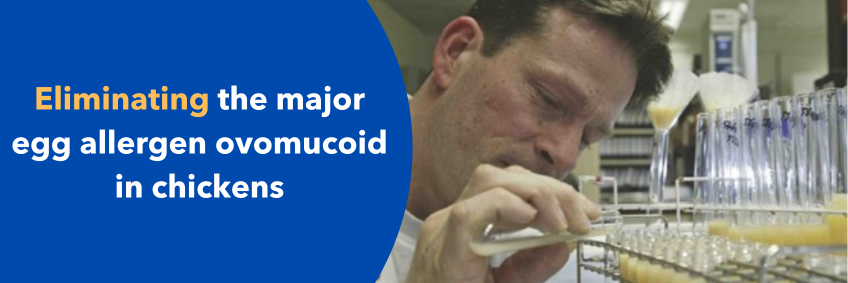
Reports show that chicken egg allergies are one of the most common allergies in children. Although most children outgrow this allergy, some will still have an egg allergy into adulthood. Egg white allergies can cause a variety of symptoms, including vom- iting, stomach cramps, breathing problems and swelling, and some people with egg white allergies are unable to receive certain influenza vaccines. The major allergens in hen eggs are ovomucoid (OVM), ovalbumin, ovotransferrin and lysozyme, among which OVM is the most predominant allergen protein.
Ovomucoid accounts for approximately 11% of all the pro- tein in egg whites. By contrast, allergens other than OVM may be inactivated or denatured by processing with heat or digestive enzymes to eliminate allergen-inducibility. Previous studies have shown that physical removal of OVM from egg white can be done via solvent extraction and rinsing of boiled egg white. However, the complete removal of OVM could not be achieved without impairing egg white characteristics, such as gelation and foaming. Ovomucoid is very resistant to heat and digestive enzymes, making it difficult to remove through physiochemical meth- ods. Thus, if chicken eggs can be produced without OVM, pro- cessed chicken eggs deficient in allergen-inducing properties can be produced. Therefore, OVM-knockout chicken eggs can be effectively used to solve the allergy problem in food and vaccines. In the present study, the researchers generated
OVM-knockout chickens using exon1-targeted TALENs (transcription activator-like effector nuclease), produced OVM-free eggs and evaluated their safety.
Producing ovomucin-free eggs
In this study the genome editing target was designed for exon 1 of the ovomucoid protein. The researchers introduced OVM mutations and performed genome editing to target exon 1 using transcription activator-like effector nuclease (TALEN) with variable repeats, known as platinum TALENs. Simply put, TALENs are restriction enzymes that recognise specific DNA sequences and break or cut them. They used platinum TALENs as they have higher DNA cleavage activity than conventional TALENs with constant repeats. They aimed to produce a frameshift mutation that could cause the signal peptide to produce chickens that do not produce OVM and not accumulate by-products in chicken eggs. Using the ELI- SA technique ovomucoid could not be detected in the egg whites of OVM homozygous knockout hens.
What is usually observed is that when an organism that has undergone gene knockout by genome editing is applied as a food product, it is not certain that the mutant protein will not be expressed from the mutated allele. With this thought in mind, the researchers performed whole genome sequencing (WGS) analysis in OVM-knockout individuals to assess the possibility of vector integration and off-target effects.
With WGS analysis they found that OVM-knockout chickens did not show vector integration and the potential TALEN-in- duced off-target effects were localised in intergenic (the DNA regions between the coding genes) and intron regions that are usually not part of the mature mRNA molecule and do not code for amino acids that make up the protein encoded by the target gene. "The WGS information con- firmed that plasmid vectors used for genome editing were only transiently present and did not integrate into the genome of edited chickens," they reported. "These results indicated that mature OVM was absent in OVM-null eggs. The eggs laid by homozygous OVM-knockout hens showed
Are you passionate about poultry industry and eager to learn from the best in the industry? Don't miss out on Poultry India Knowledge Day, the perfect event for poultry enthusiasts like you!
Register now to gain valuable insights, network with experts, and stay ahead in the poultry industry.
www.poultryindia.co.in/knowledge-day-registration/
